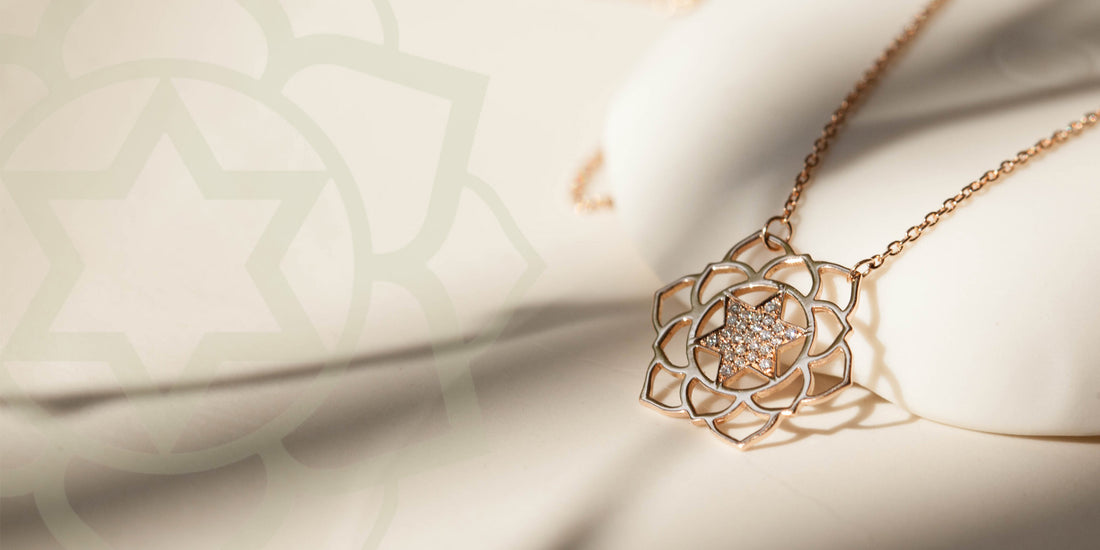
Chakra: Anahata
Element: Air
Location: Heart
Color: Green
About: Love, relationships
Goals: Love, compassion, self acceptance, balance
Demon: Grief
Practices: Opening the chest, expanding the breath, generosity, empathy
Mantra: Yam
What is the Anahata chakra?
The Anahata, or Heart Chakra, is located at the center of the chest. It is symbolised by a lotus with 12 petals. Anahata is the fourth layer of our identity, it concerns our social identity and governs the way we interact with people.
This chakra represents love, acceptance and trust. At this literal midpoint of the chakras, it is where we find balance in our lives and realize our right to love and to be loved. Anahata is the centre of compassion and is related to the immune and endocrine systems.
Having a healthy and open heart chakra is key to rising into the upper chakras, where we let go of the steadfast connection with the self. Once we can accept ourselves and our worth by beholding—a non-judging form of observing and witnessing—we’ll be prepared to turn that gaze even more attentively toward our intellectual and spiritual selves in chakras five through seven.
I love, I am loved, I accept myself, I accept others.
How does Anahata chakra affect a person?
Anahata is formed between the ages of four and seven. Younger children play in parallel but not together – it’s only after a child has developed a degree of self-awareness that they are able to relate to others. To interact with others, we must have innate respect for ourselves, which demonstrates why self-love is integral to this chakra.
When fourth chakra is affected, we may lose faith in love and fear rejection as a result. Anahata relates to our right to love and be loved. It may be damaged in childhood if we do not experience love from our parents. More broadly, impaired Anahata may be seen in a person or society characterised by judgemental attitudes.
A person with excessive Anahata is demanding and possessive of their partners. In a attempt to salve their internal pain, they love obsessively, which in turn drives other away.
A person with deficient Anahata finds it difficult to give and receive love. Rather than reaching our, they detach themselves emotionally and wait for others to approach them.
When we are young, our social identity is framed by the way in which others respond to us – whether let love or reject us, for example. With maturity, our perspective widens; we are able to appreciate how we ourselves serve and interact with others.
How to strengthen the Anahata chakra?
A healthy balance in the heart chakra means sensitivity and unconditional love for the self and others - being a compassionate person who is sensitive to other people’s needs.
To unblock this chakra, you need to work on self-acceptance and forgiveness. Consider all the love-related anguish in your past. You can grieve for these disappointments, but you must then accept them and yourself in order to forgive the people who hurt you. This process should relieve the burden weighing you down and lift your heart.
In yoga, general poses for opening the heart include sphinx pose, upward-facing dog, camel pose, cat/cow pose, and fish pose—all of which allow the heart to shine forward and the collar bones to spread wide. Focusing on the breath—the flow of air in the chest—can bring certain emotions to the surface of our consciousness as well.

Which Chakra is for you?
Try our CHAKRA TEST to discover which Chakra connects with you the most!
Check out our Chakra Collection HERE

